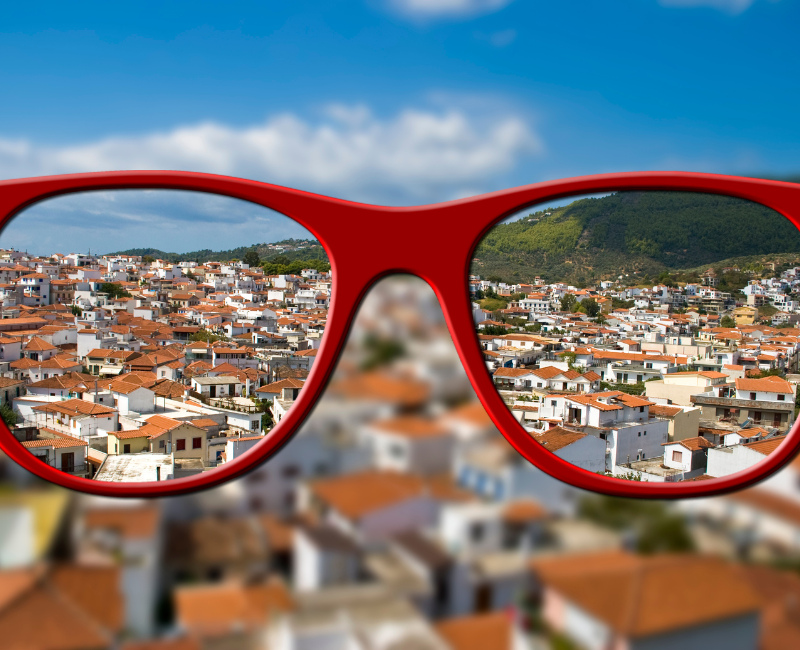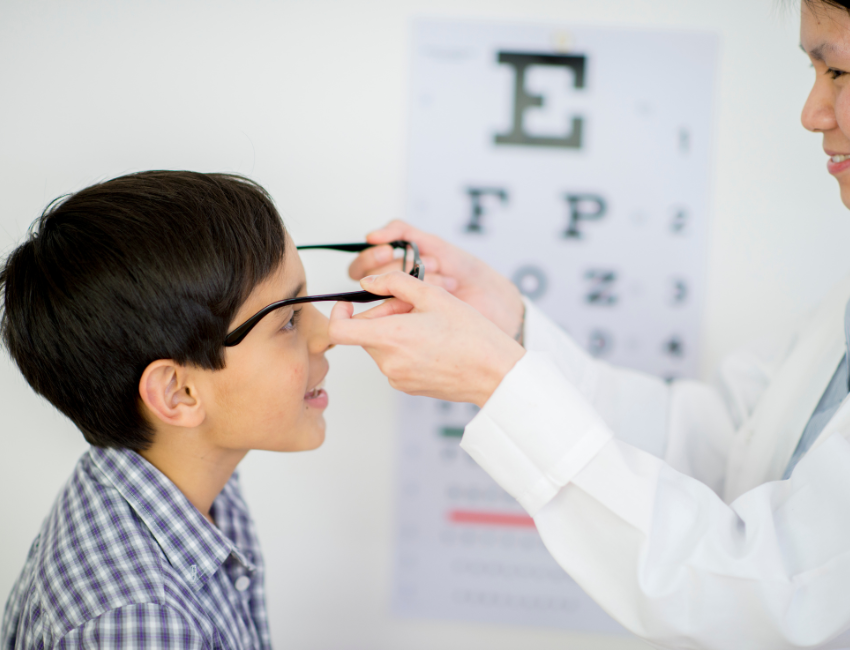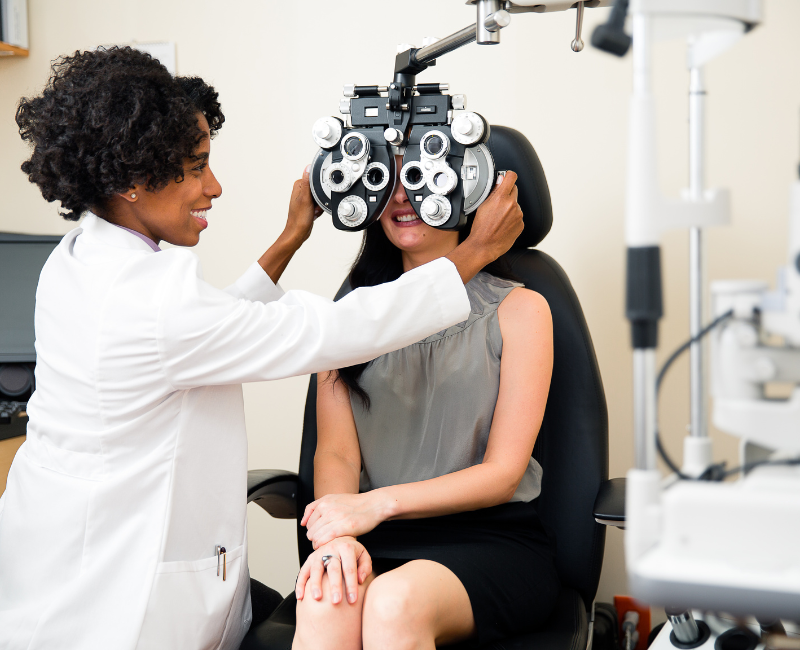Our eyes are precious gifts that allow us to experience the beauty of the world around us. However, they are also delicate organs susceptible to infections and other health concerns. While minor eye irritations are common, it’s crucial to recognize the signs of a more serious infection and seek prompt medical attention. Early detection and treatment can prevent complications and safeguard your vision.
Signs of an Eye Infection
Several symptoms can indicate an eye infection. These include:
- Redness and inflammation: Noticeable redness in the eye, eyelids, or surrounding area.
- Discharge: Yellow or green discharge from the eye.
- Pain or discomfort: Pain, irritation, or a foreign body sensation in the eye.
- Sensitivity to light: Increased sensitivity to bright light, making it difficult to see clearly in well-lit environments.
- Swollen eyelids: Puffy or swollen eyelids.
- Clumped eyelashes: Crusting or clumping of eyelashes, especially upon waking up.
- Vision changes: Blurred or decreased vision.
Importance of Regular Eye Exams
Regular eye exams are essential for maintaining good eye health and detecting potential problems early on. Even if you don’t experience any noticeable eye issues, scheduling regular checkups with an eye doctor is crucial. These exams allow your eye doctor to assess your overall eye health, identify any underlying conditions, and provide preventive care.
Benefits of Regular Eye Exams
- Early detection of eye problems: Early detection of eye conditions like glaucoma, cataracts, and diabetic retinopathy can significantly improve treatment outcomes and prevent vision loss.
- Vision correction: Eye exams can identify refractive errors such as nearsightedness, farsightedness, and astigmatism, allowing for proper vision correction with glasses, contact lenses, or corrective surgery.
- Monitoring eye health: Regular eye exams provide a baseline record of your eye health, enabling your eye doctor to monitor any changes over time.
- Detection of systemic health issues: In some cases, eye exams can reveal signs of underlying systemic health conditions such as diabetes, hypertension, and autoimmune disorders.
Protecting Your Eyes
In addition to regular eye exams, there are several steps you can take to protect your eye health and reduce the risk of infections:
- Practice good hand hygiene: Wash your hands thoroughly before touching your eyes.
- Avoid rubbing your eyes: Rubbing your eyes can irritate the delicate tissues and introduce bacteria.
- Use proper eye care products: Use only recommended eye care products and avoid sharing them with others.
- Wear protective eyewear: Wear sunglasses or safety glasses when engaging in activities that pose a risk of eye injury.
- Maintain a healthy lifestyle: A healthy diet, regular exercise, and adequate sleep can contribute to overall eye health.
Remember, your eyes are valuable assets that deserve proper care and attention. By recognizing the signs of an eye infection and scheduling regular eye exams, you can safeguard your vision and maintain healthy eyes for years to come.tunesharemore_vert




